Thai Peanut Sauce
Published Feb 05, 2016•Updated Mar 21, 2024
This post may contain affiliate links. Please read our disclosure policy.
This easy 5-ingredient Thai peanut sauce is rich, creamy, has a hint of curry spice, and takes just 10 minutes to make. Make this recipe ahead, and use it on everything from chicken skewers, to fragrant noodle dishes, or enjoy as a dipping sauce. There’s nothing this sauce can’t do!
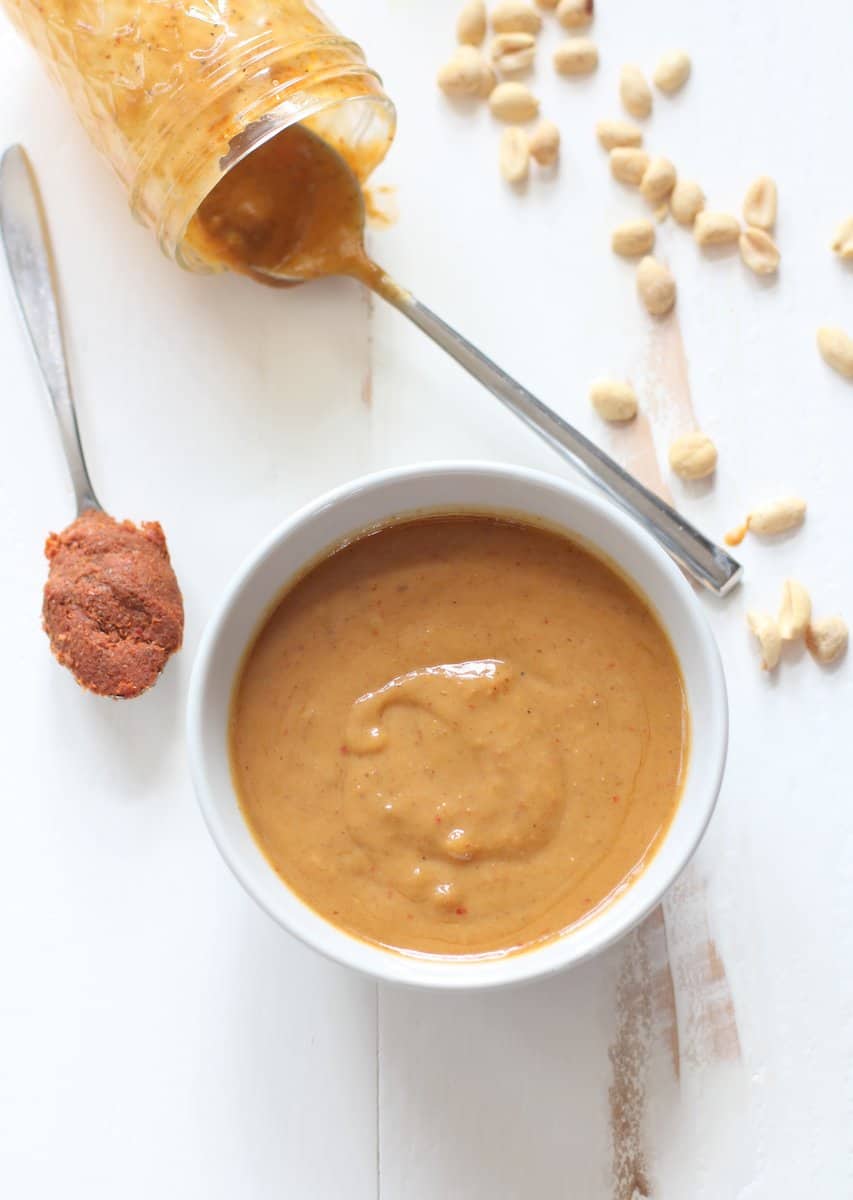
If you haven’t tried making Thai peanut sauce, prepare to become obsessed. Not only does this popular sauce hit just about all of the flavor notes (salty, sweet, umami, spicy), but it’s incredibly creamy. This is probably a good place to mention that this recipe for Thai peanut sauce is a “classic Thai peanut sauce with coconut milk”. If you’re looking for a recipe without coconut milk, check out this peanut dipping sauce.
Now, back to the sauce! Making this sauce with ultra fragrant Massaman curry paste gives this classic peanut sauce the most delicate spice flavors that taste amazing with the creaminess of that rich, thick coconut milk. All you need to do is combine the ingredients in a pan, heat on the stove for a few minutes, and you will have the most delicious tasting sauce.
When you make a Thai peanut sauce, you open a world of meal possibilities. Use it for satay on chicken or vegetable skewers, dunk your spring rolls in it, try it with Pad Thai or other noodle dishes, and more. It’s also a super easy dipping sauce to whip up if you only have 10 minutes to get something on the table. Oh, and the creamy, nutty flavor is kid friendly too. Drizzle it over a salad and watch those veggies disappear!
What is Thai Peanut Sauce?
Thai Peanut Sauce, also sometimes called satay sauce, is a nutty, salty, spice-filled sauce with just a hint of sweetness and umami flavor. There are a few different versions of this sauce, but they all start with a base of peanut butter, and then combine ingredients like soy sauce, brown sugar, fish sauce, and a curry paste to achieve a unique taste. Classic Thai Peanut Sauce, like this version, also includes coconut milk.
Peanut sauces are used in many global cuisines including in the foods of Indonesia, China, Malaysia, and, of course, Thailand.
How to Make It
- Combine the ingredients. Heat the coconut milk and curry paste over low-medium heat. Whisk constantly to combine, then add peanut butter, brown sugar and fish sauce.
- Thicken the sauce. Simmer for about 4 minutes, while continuing to whisk.
- Adjust for taste. Adjust with extra sugar or fish sauce, if needed. Enjoy while warm.
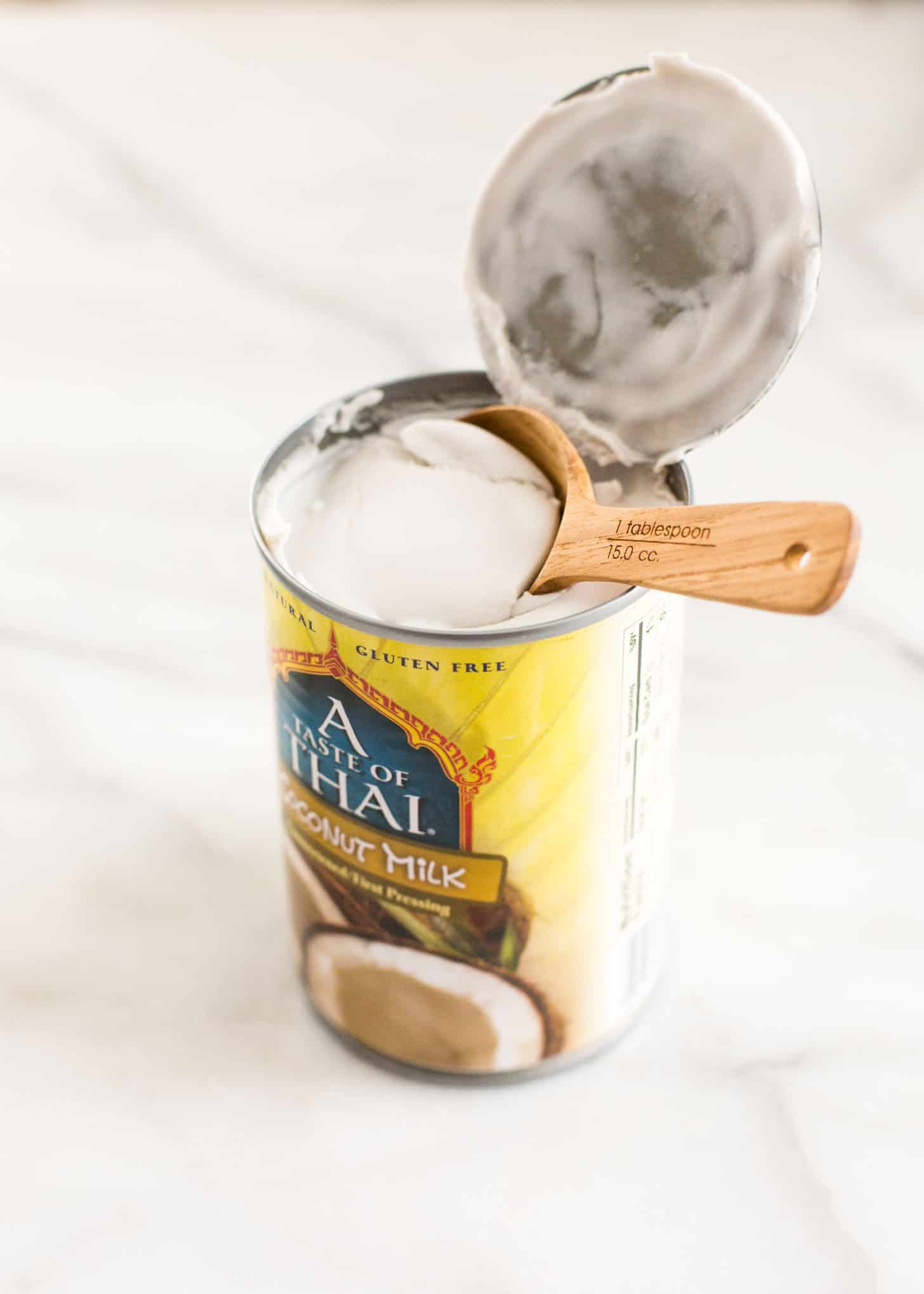
Ingredients
- Unsweetened Coconut Milk – For a thick, velvety texture use regular unsweetened coconut milk, rather than “light” coconut milk. There’s just no substitute for the slightly sweet, and super creamy taste of regular coconut milk.
- Massaman Curry Paste – A mild spice that works well with the peanut flavor, without overwhelming it. Most Asian markets will have Massaman curry paste on the shelves, but you can also purchase it online. Red curry paste is a good substitute, but it will be a tad spicier.
- Peanut Butter – Creamy or chunky peanut butter can be used to make this Thai peanut sauce. You can also use homemade peanut butter, conventional, or natural. Store-bought conventional brands tend to have added salt and sugar, so you may need to adjust the taste with extra fish sauce for balance.
- Brown Sugar – Dark or light brown sugar is our sweetener in this recipe, and its hint of molasses gives the sauce a touch of warmth.
- Fish Sauce – Fish sauce adds an irresistible umami flavor to the dipping sauce. To make this recipe gluten-free, use gluten-free tamari. Soy sauce works too.
Pin this now to save it for later
Pin It Now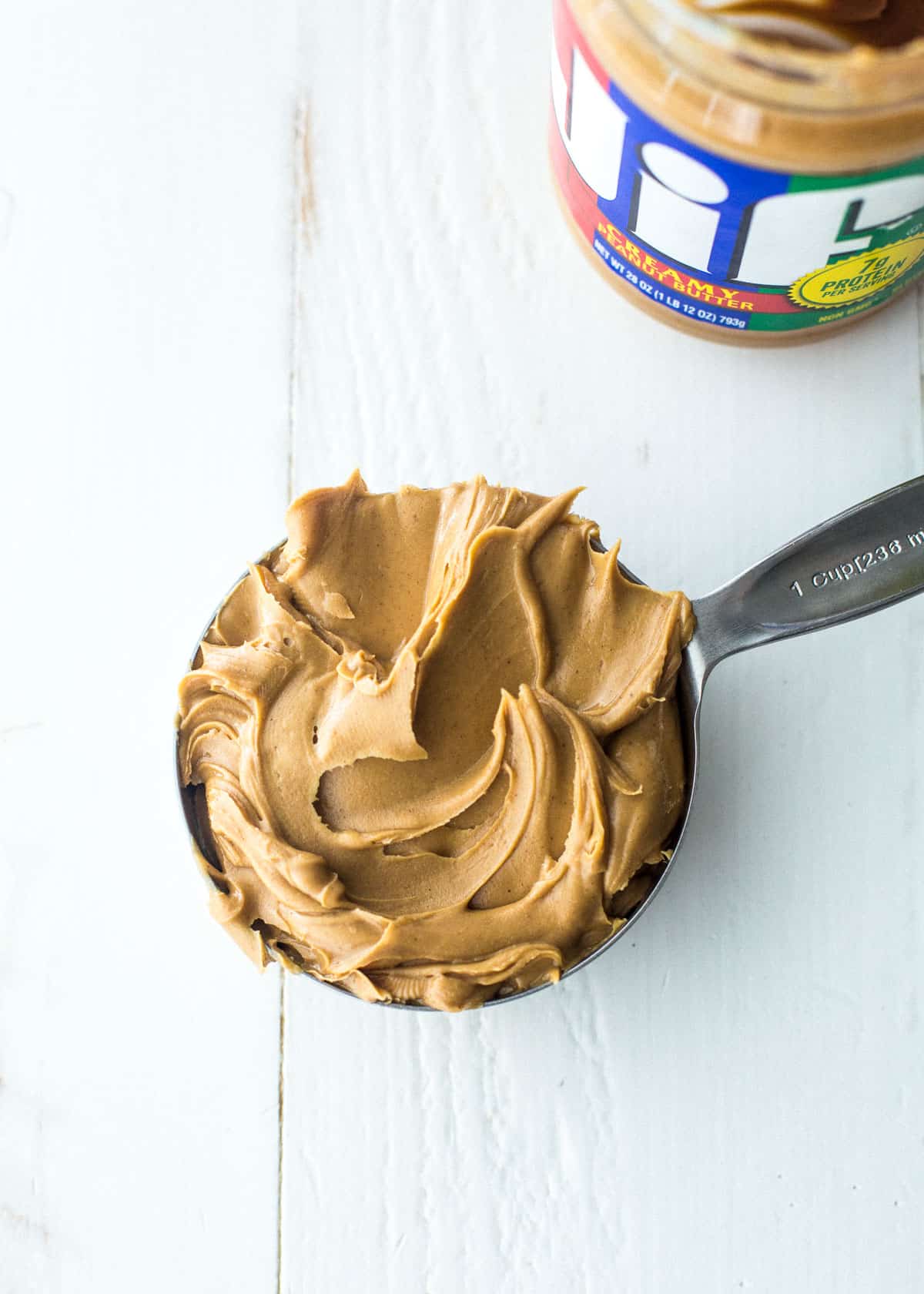
How to store
Thai peanut sauce with coconut milk can be made up to 3 weeks in advance and refrigerated in an airtight container. Mason jars, salad dressing bottles, and condiment jars work well. Reheat the sauce slowly over a low heat before serving. The sauce will freeze for 3 to 4 months. Thaw at room temperature, then carefully reheat on the stove.
Recipe Tips
- To prevent the sauce from separating while it’s heating, keep the stove at a low heat to prevent boiling. A nice, slow simmer is the way to go.
- Using unsweetened natural peanut butter makes adjusting the sweet and salty flavors easier.
- Room temperature peanut butter quickly melts into the other ingredients for a super smooth sauce.
Variations
- Make it spicy – Adding red pepper flakes, chili garlic sauce, or sriracha will give this sauce a little kick of heat.
- Use a natural sweetener – While brown sugar seems to yield the best results, you can also use maple syrup or honey to sweeten this delicious sauce.
- Go peanut-free – To accommodate peanut allergies, substitute almond butter for peanut butter.
FAQs
Yes! But you’ll want to change the ingredients around a bit. Use my recipe for peanut sauce without coconut milk.
If you’re entertaining, use peanut sauce as a dip for a veggie platter, with fresh spring rolls, or as a quick, flavor-packed salad dressing. Weeknight meals like pad Thai, soba or udon noodles are transformed when tossed with this creamy peanut sauce. Use this recipe to marinate chicken, pork or tofu, then serve over rice.
Make vegan Thai peanut sauce by substituting soy sauce or tamari for the fish sauce. Using gluten-free tamari makes this Thai peanut sauce vegan and gluten-free.
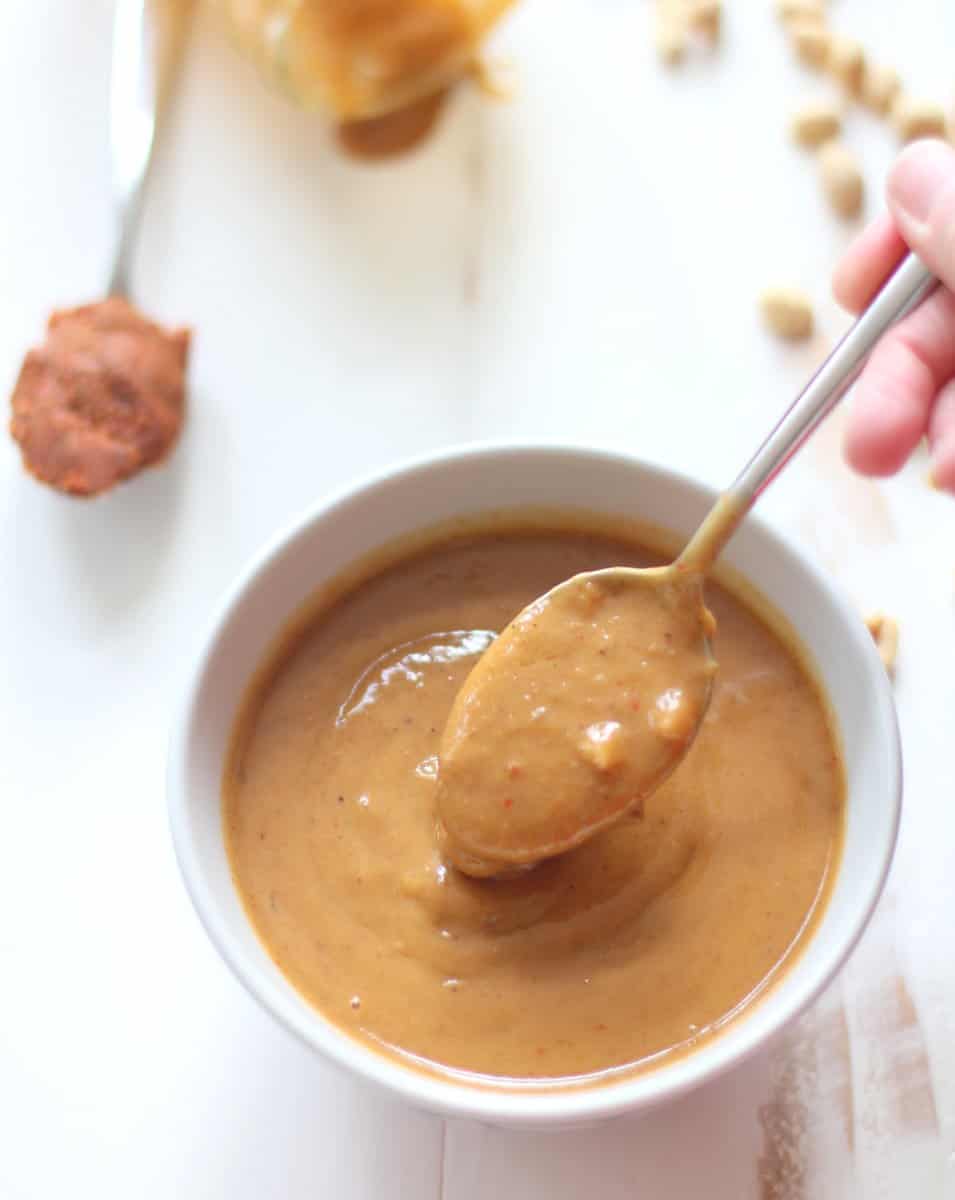
Recipes to Serve with Peanut Sauce
Favorite Tools
Pin this now to save it for later
Pin It Now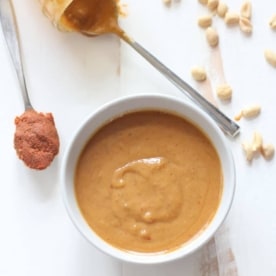
Thai Peanut Sauce Recipe
Equipment
- Whisk
- Saucepan
Ingredients
- 1 13.5 ounce can unsweetened coconut milk (regular, not "light")
- 5 tablespoons massaman curry paste (substitute red curry paste)
- 3/4 cup peanut butter (it's great with creamy or chunky versions)
- 1/4 cup packed brown sugar, dark or light
- 1 tablespoon fish sauce (substitute soy sauce or gluten-free tamari)
Instructions
- Combine coconut milk and curry paste in a small sauce pan over low-medium heat, whisking constantly as it begins to warm up.
- When the mixture begins to simmer, whisk in peanut butter, brown sugar and fish sauce (or soy sauce / tamari).
- Continue to simmer, whisking constantly, until the sauce thickens slightly and has a smooth consistency, about 4 minutes. (Note: If the sauce starts to boil or simmer vigourously, reduce the heat. Cooking the sauce over high heat can cause it to separate.)
- Taste the sauce and adjust with extra sugar or fish sauce, if needed. Serve warm.
- Peanut sauce will keep in the refrigerator for up to 3 weeks. Reheat it slightly before serving.
Nutrition
Nutrition information is automatically calculated, so should only be used as an approximation.
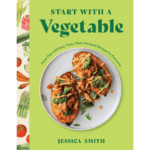
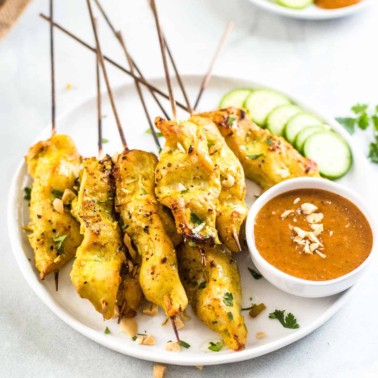
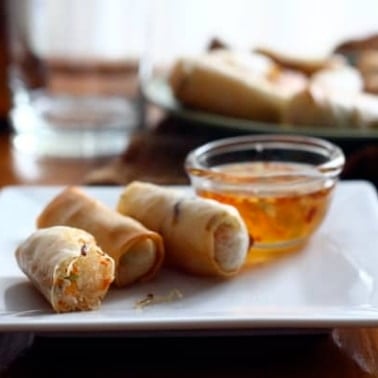

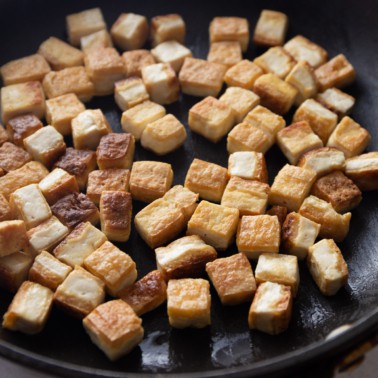
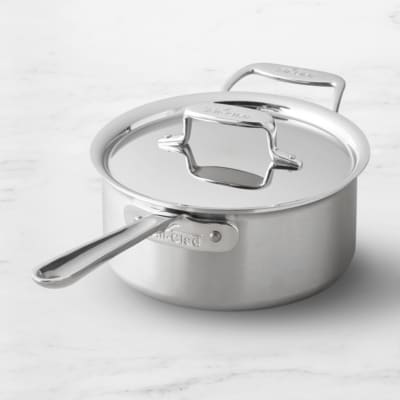

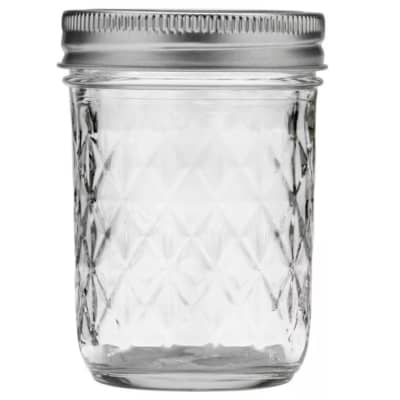
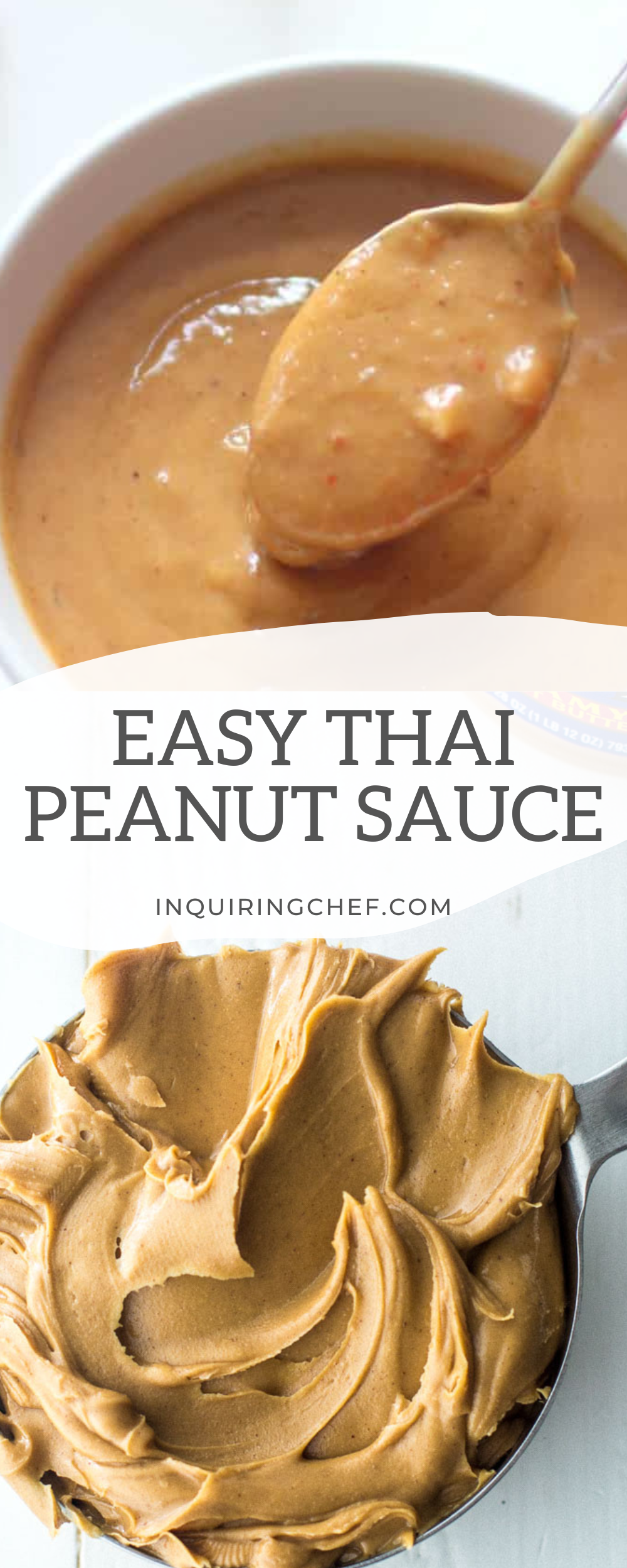
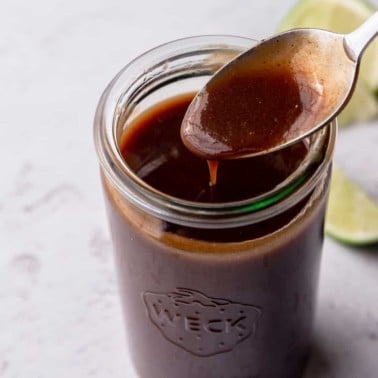
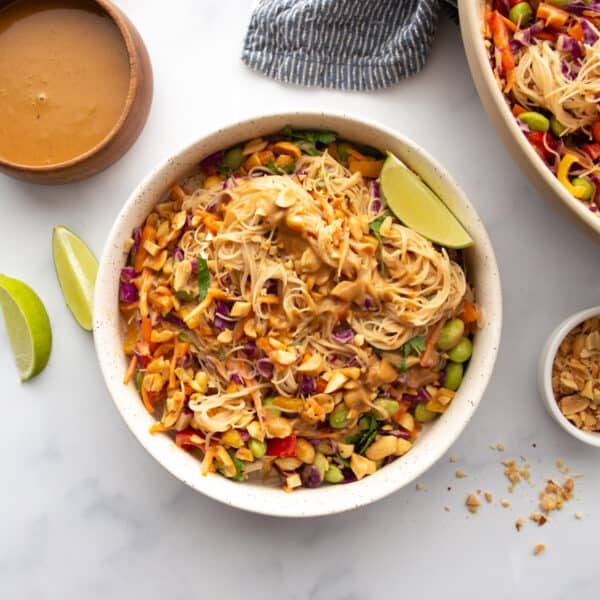
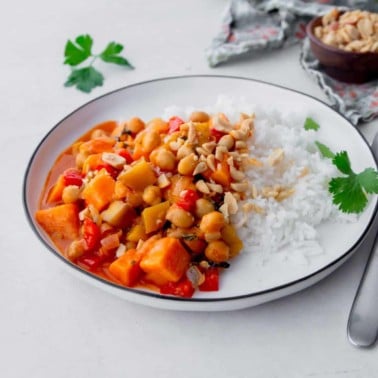









I haven’t been able to cook my whole life. My husband suggested I look for a recipe and came across this one. Just finished making it and WOW! I finally made a delicious meal by myself.
Oh this is the most wonderful compliment! I’m so thrilled to hear it. I hope you’ll look around and see if you can find some other recipes here to try. I try to keep them as approachable as possible!
I don’t have curry paste. Can I use curry powder instead?
I’ve never tried it with curry powder, but it certainly seems worth a shot!
HELP! I made this recipe (honestly, I cut it in half) and it separated. The finished sauce had an oily layer on top when I removed it from the heat. The coconut milk was not old but had been sitting for awhile. Perhaps I did not shake it enough? Could it have been the peanut butter contained too much oil? Did I cook it too long?
Hi Denise! My guess is that the ingredients were just fine but that your last thought was right. If coconut milk summers too hard for too long the natural oils in it will separate out and make the sauce look broken. You might be able to fix it by whisking in more peanut butter off the heat.
Hi, my cousin’s made this a while ago and it also separated & had an oily top so to help I simply stirred it very vigorously to emulsify/bring it back together (took a bit of effort/time and was an arm workout) but was well worth it and was just delicious!
I plan on making it tomorrow actually, and will be doing the same again.
Hope this helps!
Hi Hannah – so glad you liked it! If the sauce separates / breaks, it most likely got too hot during cooking. It’s really important to keep it at a low simmer and avoid a hard boil with lots of bubbles. That should fix the problem! I’ll add a note about that to the recipe now so that others can avoid having to do all that stirring!
I have tried so many recipes for peanut sauce. FINALLY a delicious one!! Thank you so MUCH!! I am thrilled!!
I’m so glad to hear it! This is one of our absolute favorites – we actually just made it today! Thanks so much for the kind note.
Hi thanks for the recipe.
I have a question. If I use the real peanuts, crushed in a food processor, would I need to change anything in the recipe?
Hi Ella – that should work fine. I’ve used the totally natural peanut butter that is ground in the machine at the store and it works great. Just make sure that you process it until it’s fairly smooth and creamy. Since commercial peanut butter has added sugar and salt, make sure you taste the Thai peanut sauce and add some extra sugar and / or salt if needed.
This recipe was exactly what I was after. I’ve tried a few times to replicate that “chinese” take away style satay sauce, but never got it right. Your ratios and ingredients were perfect, I just swapped fish sauce for soy sauce (and a little Tahini) to make it vegan.
Ben – yes! That’s exactly what we were going for! Great ideas for swaps to make it vegan – thanks so much for sharing those.
A little tamarind or lime juice at the end of a stir fry gives it a nice sour aftertaste
I love that idea! Thanks for sharing.
I was thinking of making a freezing the thai style meatballs that go with this. could the sauce be frozen as well or is it best to make fresh?
Helaine – the sauce can definitely be frozen. Reheat it very slowly, preferably over low heat on the stovetop, whisking frequently to reconstitute it.
What happens if you only have light coconut milk?
Light coconut milk will work fine, Colleen. The finished sauce won’t be quite as thick and creamy, but it’s still great!
Thank you Jessie. Love this recipe.
You’re welcome Liz! Hope you’re doing well!